 iCalamus 2 > Quick start
Index
iCalamus 2 > Quick start
Index
If you want to create a photo book from scratch, you might decide to have the page background tinted all black for higher image contrast. Of course you can choose any other color or motif as a page background. When you have tried the following steps yourself, you will be able to handle document backgrounds very easily.
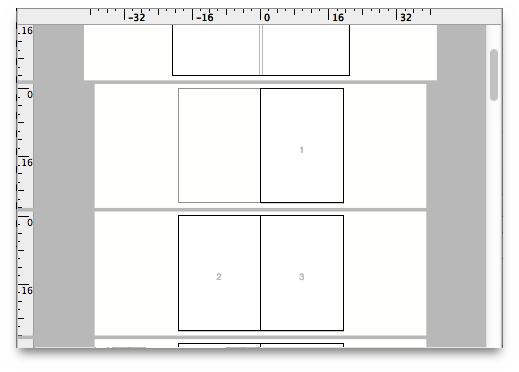
When you have created a new document, it is not a good idea to
create perhaps tens or even hundreds of colored background frames on
each single layout page. Rather, you should use the Master Page
View
, which puts the same material under multiple layout pages
simultaneously. Just click the tiny menu button in the upper left
corner of the document window. In the popup menu which will then
appear, select Master Page View
. The document view will
automatically switch to this view, now showing only two pages.
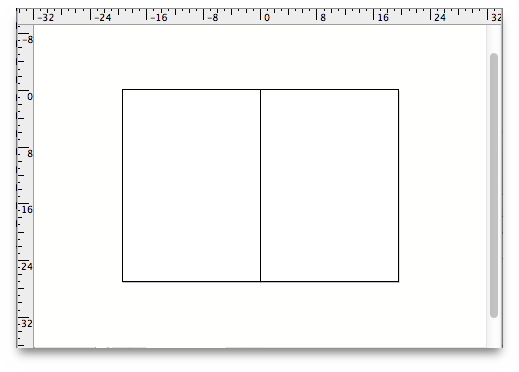
From Shape tool
in the Toolbox panel
, select the
rectangle, and create a new frame on the left master page. You might
want to adjust it in the Geometry inspector
so that it overlaps
the real page size, as shown by the red border guides.
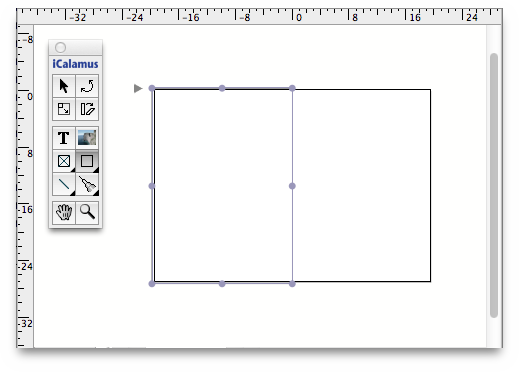
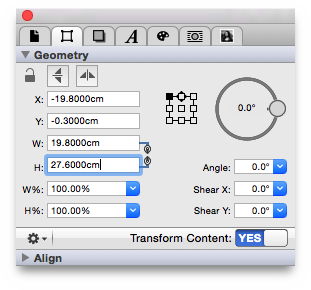
When you're done, open the Color inspector
and tint the
frame black. Ensure that you have chosen the right buttons in the
Color inspector's
bottom line to tint the shape, and not the
outline or the shadow.
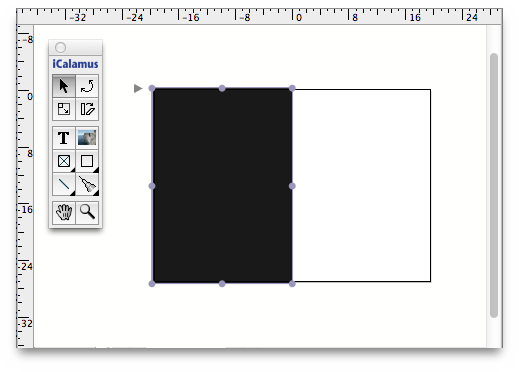
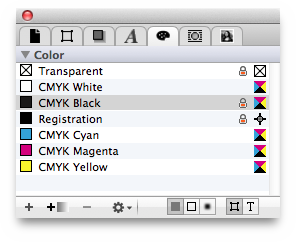
Now you should copy the frame to the right master page. (You could of course just create a single frame which covers both master pages, but this way you can more easily decide to have – for instance – the left pages tinted in 80% gray, or white, or use an image as a background pattern instead.)
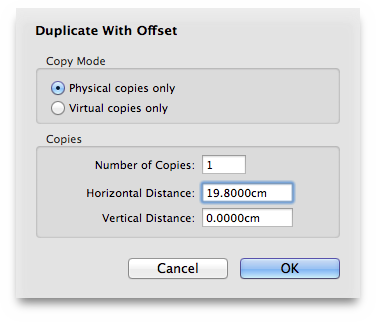
Now you're done with the background and can switch back to the
Layout Page View
. You still know where to switch back, right?
Here is your photo book, with all of the pages perfectly tinted in black. They await your images, which can now be placed easily on all existing layout pages. Whenever you add new pages, they will also get the black background, as long as you don't create and assign a new set of master pages to some of the layout pages.
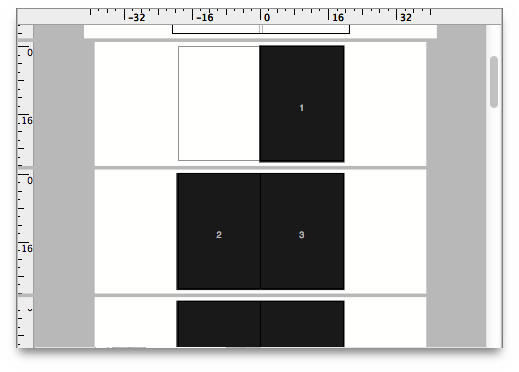
Of course images look pretty on a black background. But sometimes they even look jazzier when you add a solid white border to them. You can add the border directly to the image frame. Don't fiddle around with additional frames – it's all there, you have to just switch it on.
Select an image frame, and open the Outline inspector
.
Switch on the option Draw outline
. Adjust the thickness of the
outline to say 5 mm. You won't see any outline drawn, because its
color is still defaulted to transparent, as it is for each image frame
you create.
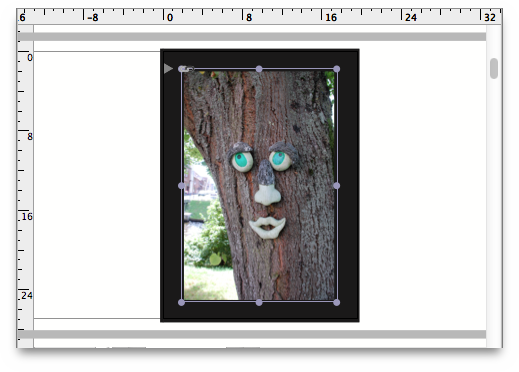
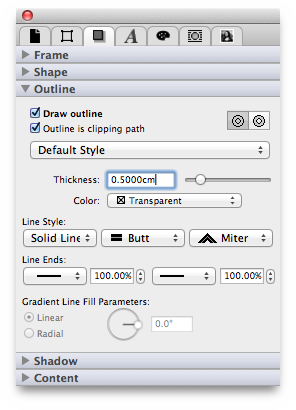
Guess what? Right! You have to use the Color inspector
and
set the outline color to white. That's all.
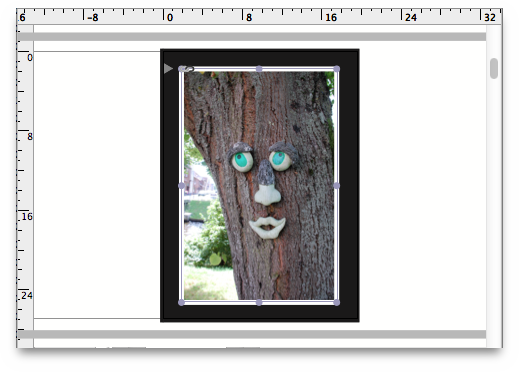
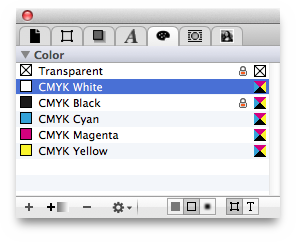
Now you can try other frame attribute features like rounded outline corners, outline shadows (nice on light backgrounds), rotate images, etc. It's all there – just switch it on.